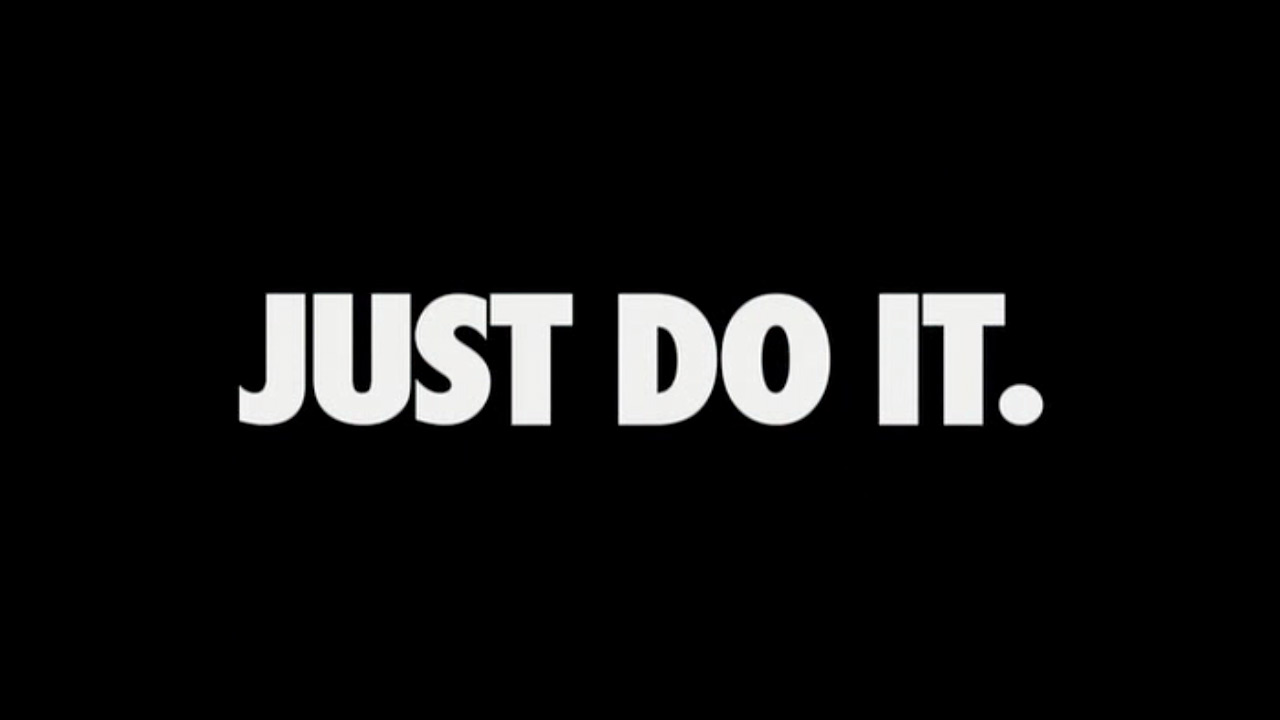

We open on a young boy and his mother at a train station, holding a welcome-home sign. The mother excitedly squats down and tells the boy, “He’s on the next train!” The boy’s smile fills his mom’s heart. Her eyes wander toward the sky as she plays in her mind the scene of her husband scooping up their son and squeezing him tightly.
Meanwhile, the boy spots his best friend, Elmo, in balloon form, floating through a train car parked at the station. Unnoticed, he makes his move. Onboard the train, it jerks into motion. The horn blares. Mom snaps to, looks down; her son … gone! Her eyes dart frantically. “Mommy!” Her sightline locks onto him through the train window. “Stop the train!” she shouts out to everyone and no one as the train steals her son away.
In a world bombarded with advertisements everywhere you look, one principle stands true: stories sell. Research shows that brands that tell compelling stories are 22 times more memorable than those that simply state facts. Storytelling isn’t just a marketing tactic—it’s a psychological phenomenon. When done right, this powerful tool allows companie

We could overwhelm you with stats and numbers and charts and graphs speaking to the power of video marketing. But we wouldn’t put you through that. No, instead we’re going to summon our inner Bill Nye and tout the benefits of video content through a blend of behavioral science, biology and even a little chemistry.

When was the last time you saw a Gen-Z teen walking down a sidewalk, oblivious to her surroundings, intently staring down at ... a brochure. Thought so. Take your tired pamphlets and toss them with yesterday's cafeteria fries. If you want to reach tomorrow's college students today, you have to hit them up (and speak their language) where they are, and we all know where that is: on their phones, specifically social media. Learn how to engage with this generation using Snapchat, YouTube and Instagram, and you'll see your campus visits spike.

Ah, those tricky millennials. We think we know exactly who they are, but do we, really? There are a lot of myths out there about this generation, making them a difficult target for financial institutions looking to appeal to a growing market.
So instead of trying to figure out which perceptions of millennials are accurate and which aren’t, it’s best to stick to the facts — yes, we’re talking about hard numbers, data, facts. We’ve compiled five that are especially important as it relates to financial services marketing, along with some actionable items to help you gain traction in your marketing efforts with millennials.

A lot of people are passionate about sports; same goes for travel. Combine the two, and you get what is believed to be the fastest growing segment in the travel industry: sports tourism, which is a $1.7 trillion business (Plunkett Research Group). It encompasses those who travel to a destination to:
- Watch a sporting event;
- Visit a sports attraction, such as a hall of fame;
- Participate in a sporting activity.

In the old days (try about two years ago) when it came to discussing political issues on your brand’s social media accounts, there was one prevailing message: DON’T DO IT! There was no surer way, the experts would tell you, to get rapid backlash against your brand and to lose customers.
Then, the 2016 election happened. Today more and more brands have made a habit of dipping their toes into the political pool. Sure, addressing social and political issues on social media can be a digital bear trap. But, for many businesses, it can also be a way to stand out from the crowd, affirm brand values and even reach new prospects.

For an advertising medium that began in the 1920’s, radio has shown itself to be a resilient way to deliver brand messaging. But with the rise of digital advertising, many are questioning radio’s continued longevity. Web marketers will tell you it’s dying a slow death while radio marketers will tell you it’s never been more relevant.
The truth? Well, it’s somewhere in the middle.

Nike’s “Just do it.” American Express’s “Don’t leave home without it.” Looking around the corporate landscape can make you feel like a killer tagline is crucial to your brand.

As a healthcare marketing director/executive, I am sure you are bombarded with digital transformation solutions every day. You use, manage or integrate with CRMs, EMRs, PRMs, SEO/SEM, CMS, Google Analytics, etc. etc. Add them all together and they equal more patients and higher profitability, right? When integrated correctly this can happen. At the end of the day, without a clear strategy of what you hope to achieve, it’s just a bunch of technology sitting in silos.

A few weeks ago, we discussed what personas are and how a business can use them to create a marketing strategy. Now, let’s take those concepts a bit further and see how personas can be used to buy advertising space and develop a media strategy.

Let’s say you’ve decided to start your own small business; you’ve been passionate about candles for a long time, and your new business is making and selling candles. As part of your business plan, you’ve found a workspace, purchased the supplies to get your first batch going, filed all necessary paperwork and even found a designer to design and print the labels for your candles. Next on the “to do” list is to get business cards printed and your own website launched. You’re feeling great about your plans, but a month later you’re struggling to find customers. What went wrong?